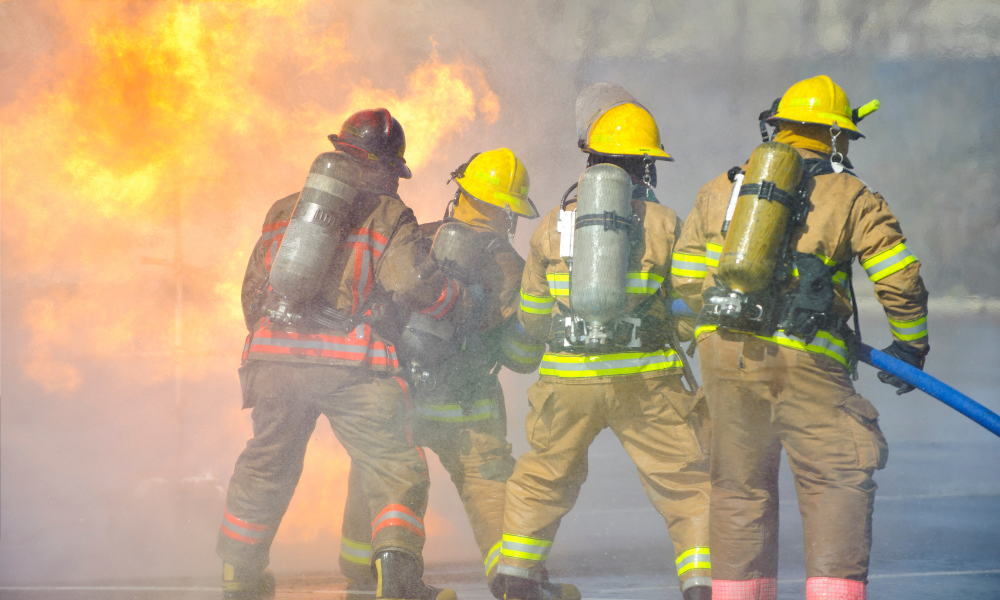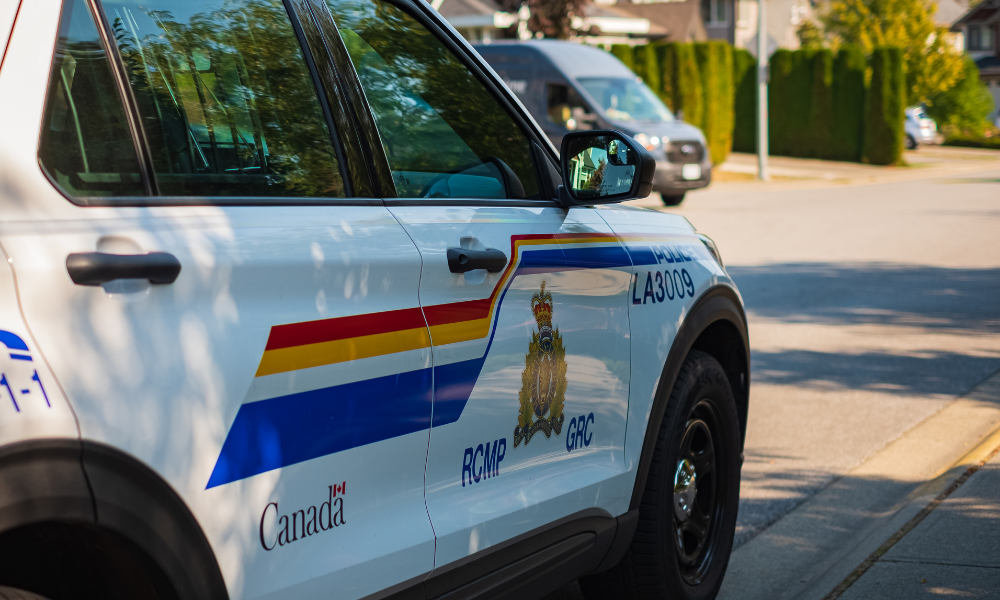Union calls for changes to Canada's Criminal Code to protect first responders

Violence against Winnipeg firefighters is no longer rare. In recent weeks, crews have faced attacks that highlight a troubling trend and fuel urgent calls for legislative change.
During a recent emergency call, a firefighter is struck in the face with a metal pole while responding to a vehicle fire. “We’re fortunate the outcome wasn’t more serious,” says Nick Kasper, president of the United Fire Fighters of Winnipeg. The assailant is arrested and charged.
Just days later, another crew responds to a suspected overdose. The patient awakens, brandishes a knife, and threatens to kill the crew. “They weren’t able to extract themselves, so they were forced to disarm the individual and wait for police,” Kasper says. No one is injured, but the incident leaves a mark.
“These are just a couple of the latest incidents,” Kasper says. “Unfortunately, this is nothing new. Every year we see the number of threats and physical attacks against public safety personnel in our city continue to increase. It makes our job more challenging. We’re rolling the dice on every call, and it’s just a matter of time until we see a tragic outcome.”
Union calls for legislative change
The union is demanding legislative action. Kasper points out that the Criminal Code treats assaults on firefighters as ordinary assaults, unlike assaults on peace officers, which carry distinct charges and penalties. “We’re responding to the same types of incidents, side by side. If one uniformed individual is struck, the consequence on society is the same,” he says.
The impact goes beyond immediate danger. “We’re spending tens of millions a year on overtime and still can’t keep our trucks staffed. If we’re not able to answer the call when people need us, in part because of injuries from attacks like this, something needs to be done,” Kasper says.
Why are attacks increasing?
Kasper points to a complex mix of factors, including population growth which leads to higher call volume, but even then, he says Winnipeg sees a disproportionate number of 911 calls per capita. “Unfortunately, we’re a violent city with a lot of socio-economic challenges. We respond to a high volume of medical calls, many due to substance use, addictions, and violence,” he says. “The types of calls we’re responding to are becoming more complex and behaviors less predictable.”
Solutions: More than one step
Kasper insists there is no single solution but suggests Winnipeg’s firefighters could use better PPE, such as ballistic vests and sharp-proof glove. “Employers must ensure employees have appropriate protections… and we’re not afforded additional protections under the Criminal Code. Hundreds of incidents occur each year, growing every year. More protections are required. This is one step, but not the only step,” he says.
Pride and a plea for support
Despite the risks, Kasper expresses pride in his members’ dedication. “Our firefighters are ready to answer the call 24/7. They put themselves on the line every day to serve others. Our ability to provide essential service is being threatened by those who would do harm to us. It means a great deal to know the employer and all levels of government have our back,” he says.
As violence escalates, Winnipeg’s firefighters and their union say they need more than gratitude—they need real, legislative protection, and a coordinated response to the root causes of violence in the city.




